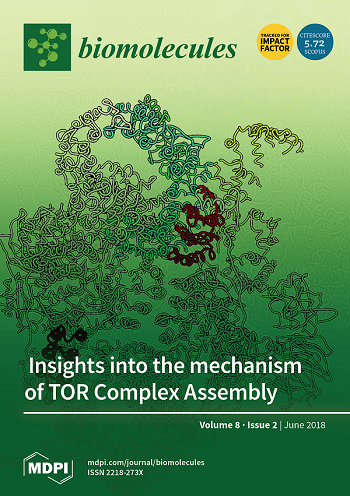血管细胞因子与动脉粥样硬化:阻塞性冠状动脉疾病患者血清中 TRAIL、IL-18 和 OPG 的差异水平
IF 4.8
2区 生物学
Q1 BIOCHEMISTRY & MOLECULAR BIOLOGY
引用次数: 0
摘要
基于风险因素预测动脉粥样硬化性冠状动脉疾病(CAD)的效果仍不理想,尤其是在没有任何标准可改变心血管风险因素(SMuRFs)的情况下,因此发现与动脉粥样硬化负荷相关的生物标志物至关重要。我们假设,与 CAD 中的炎症相关的细胞因子和受体--肿瘤坏死因子相关的凋亡诱导配体 (TRAIL)、白细胞介素-18 (IL-18) 和骨蛋白激酶 (OPG) --将与 CAD 独立相关。为了确定这一点,我们测量了 BioHEART 研究的 993 名参与者的血清生物标志物水平,这些参与者都做过 CT 冠状动脉造影,并根据血管狭窄的严重程度和斑块的组成进行了评分。我们发现,TRAIL、OPG 和 IL-18 的四分位数与疾病评分显著相关,IL-18/TRAIL 和 OPG/TRAIL 比值在无 CAD 与 STEMI 之间存在显著差异,而只有 OPG/TRAIL 比值在无 CAD 与阻塞性 CAD(狭窄程度大于 50%)之间存在差异。然而,在对年龄、性别、SMuRFs 和 CAD 家族史进行调整后,这些关联并未持续存在。总之,TRAIL、IL-18 和 OPG 以及 IL-18/TRAIL 和 OPG/TRAIL 的衍生比值与原始疾病评分和风险因素有显著的关联,但当这些标记物被纳入多变量风险模型时,它们并不是预测 CAD 的鉴别性生物标记物。本文章由计算机程序翻译,如有差异,请以英文原文为准。
Vascular Cytokines and Atherosclerosis: Differential Serum Levels of TRAIL, IL-18, and OPG in Obstructive Coronary Artery Disease
The risk-factor-based prediction of atherosclerotic coronary artery disease (CAD) remains suboptimal, particularly in the absence of any of the standard modifiable cardiovascular risk factors (SMuRFs), making the discovery of biomarkers that correlate with atherosclerosis burden critically important. We hypothesized that cytokines and receptors associated with inflammation in CAD—tumor necrosis factor-related apoptosis-inducing ligand (TRAIL), interleukin-18 (IL-18), and osteoprotegerin (OPG)—would be independently associated with CAD. To determine this, we measured the serum biomarker levels of 993 participants from the BioHEART study who had CT coronary angiograms that were scored for severity of stenosis and plaque composition. We found that the quartiles of TRAIL, OPG, and IL-18 were significantly associated with disease scores, and that the IL-18/TRAIL and OPG/TRAIL ratios demonstrated significant differences between no CAD vs. STEMI whereas only the OPG/TRAIL ratio showed differences between no CAD and obstructive CAD (stenosis > 50%). However, these associations did not persist after adjustment for age, sex, SMuRFs, and a family history of CAD. In conclusion, TRAIL, IL-18, and OPG and the derived ratios of IL-18/TRAIL and OPG/TRAIL demonstrate significant associations with raw disease scores and risk factors, but these markers are not discriminatory biomarkers for the prediction of CAD when incorporated into multi-variable risk models.
求助全文
通过发布文献求助,成功后即可免费获取论文全文。
去求助
来源期刊

Biomolecules
Biochemistry, Genetics and Molecular Biology-Molecular Biology
CiteScore
9.40
自引率
3.60%
发文量
1640
审稿时长
18.28 days
期刊介绍:
Biomolecules (ISSN 2218-273X) is an international, peer-reviewed open access journal focusing on biogenic substances and their biological functions, structures, interactions with other molecules, and their microenvironment as well as biological systems. Biomolecules publishes reviews, regular research papers and short communications. Our aim is to encourage scientists to publish their experimental and theoretical results in as much detail as possible. There is no restriction on the length of the papers. The full experimental details must be provided so that the results can be reproduced.
 求助内容:
求助内容: 应助结果提醒方式:
应助结果提醒方式:


